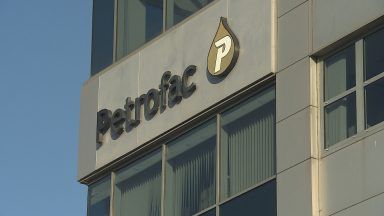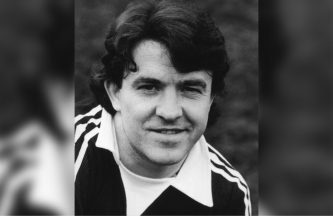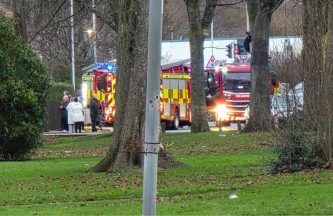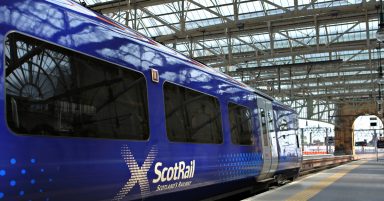Accident and Emergency waiting times throughout June were the second-worst since records began, according to the latest NHS Scotland figures.
Only 85% of the 136,847 patients attending A&E were admitted, transferred or discharged within four hours, leaving 20,466 people waiting for longer than the target time.
A higher proportion of patients waiting longer than the Scottish Government’s target has only been recorded once before – in December 2019, when 83.8% were seen in four hours.
June’s figure is down from the 87.2% recorded in May, and significantly below the 95.6% seen in fours hours during the same month last year.
The Scottish Government’s target is for 95% of patients to wait no longer than four hours, although this has not been met since July 2020.
The figures, published by Public Health Scotland, also reveal 2396 (1.8%) patients were waiting in A&E for more than eight hours and 532 (0.4%) people faced waits of more than 12 hours.
Although attendances at A&E are now higher than during the coronavirus pandemic’s first wave – 136,847 patients in June 2021 compared with 112,185 in June 2020 – it is still 10,780 fewer than the pre-pandemic figure of 147,627 in June 2019.
The latest weekly figures also show declining A&E performances in relation to meeting the waiting time target, with just 20,954 (79.7%) of the 26,305 admitted, transferred or discharged in four hours.
For the three full weeks of July recorded so far, more than one in five (20.5%) have waited longer than four hours.
Last month also recorded two of the six times on record that waiting time performance has fallen below 80%.
‘NHS recovery is a big feature of all of our work right now, and will continue to be the case for quite some time to come.’
First Minister Nicola Sturgeon
Asked about the waiting time figures during last Tuesday’s coronavirus briefing, First Minister Nicola Sturgeon said: “There is a big backlog in our health service.
“That’s not unique to Scotland, it’s the case in all four nations of the UK and it will be the case in many other parts of the world because of Covid-19.
“We are very keen to continue and accelerate the pace of recovery of that backlog.
“That will be held back any time we have a resurgence of Covid that is leading to significant numbers of patients with Covid being in our hospitals; every bed that has a Covid patient is a bed that is not there to treat non-Covid conditions.”
Sturgeon added: “In terms of A&E waiting times, there is undoubtedly a big Covid impact on that but, as we all know, the flow of patients into and through our National Health Service is complex.
“Therefore there are issues around the reasons and the circumstances in which people are presenting at A&E, whether that’s always appropriate or whether there are better places for them to go.
“Often the speed at which people will go through A&E will depend on pressure elsewhere in a hospital.
“Some of that right now will be Covid but there are other factors at play around all of that as well, which is why we’re doing a lot of work around supporting and encouraging people to go to the most appropriate place for care rather than everybody, almost by default, going to A&E.
“NHS recovery is a big feature of all of our work right now, and will continue to be the case for quite some time to come.”
Public Health Scotland statistics also showed that delayed discharges in Scotland’s hospitals reached the highest level since the start of the pandemic.
PHS said 37,136 bed days were lost in June, despite patients being well enough to leave hospital – the highest figure since March last year.
The figure is a 57% increase from the same time last year and 5% higher than in May.
Follow STV News on WhatsApp
Scan the QR code on your mobile device for all the latest news from around the country


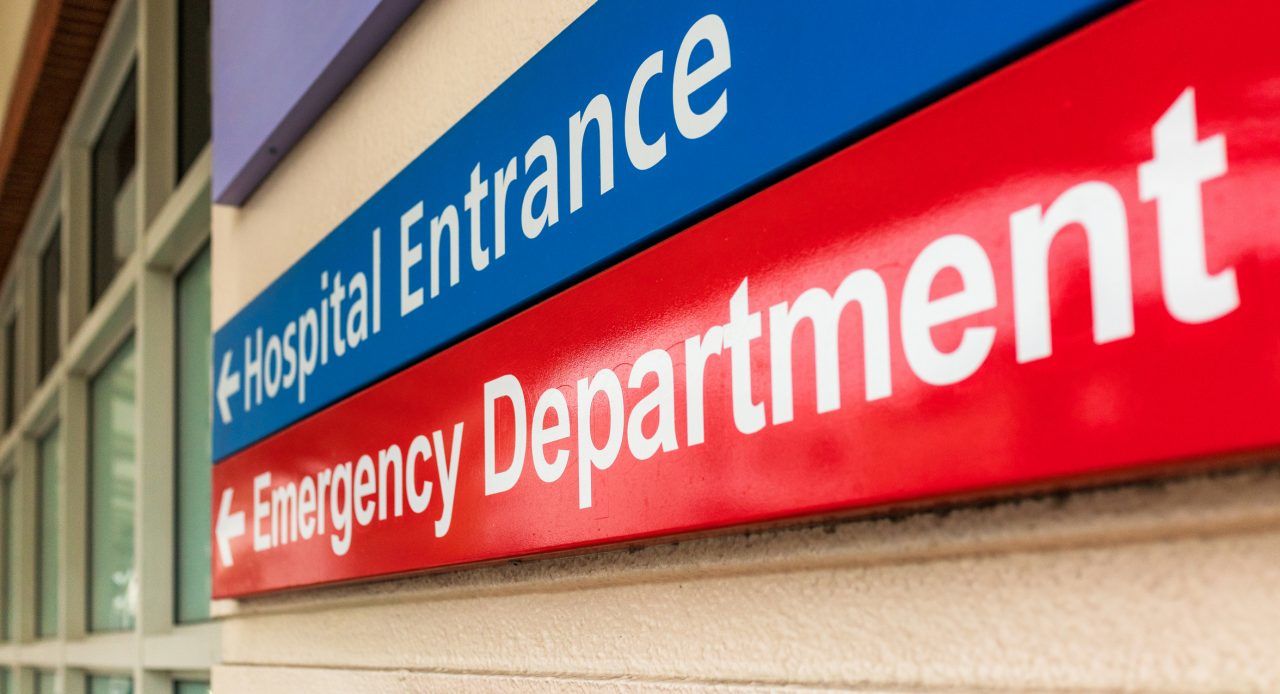 iStock
iStock

